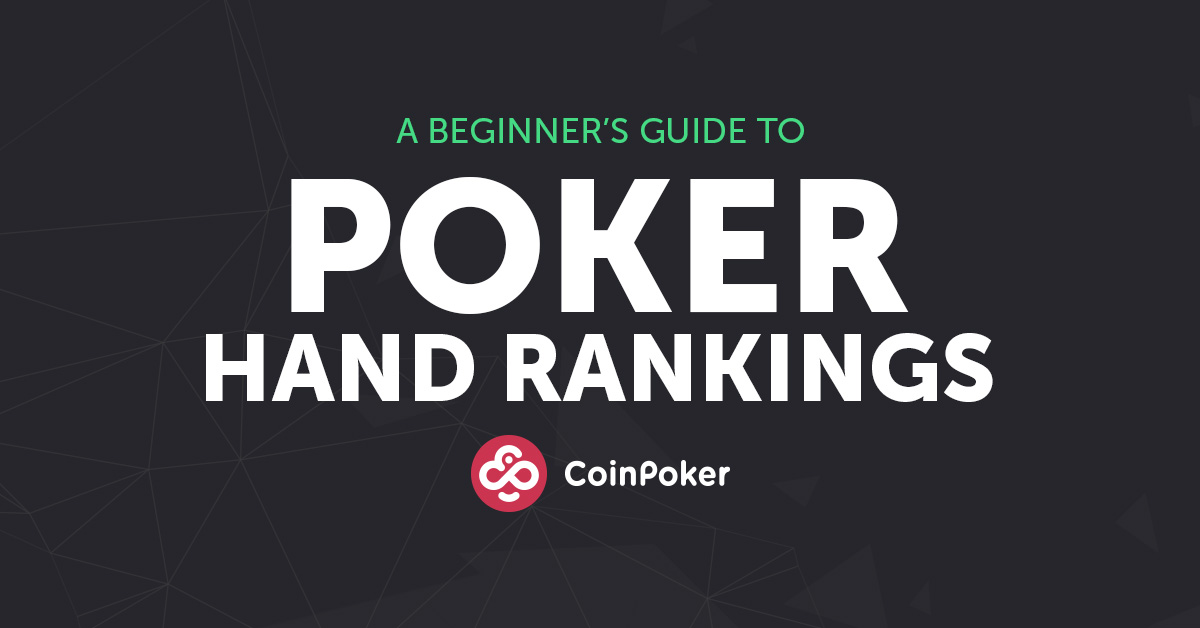5 Card Omaha Best Starting Hands
Omaha Poker Hands. During the Omaha poker showdown, players reveal their hands in succession. Typically, the player who bet last before the showdown goes first. If nobody bets prior to the showdown, then the player located clockwise to the button reveals his or her cards first. The top hand wins the pot, but it will be split in the event of a tie. Powerhouse Omaha/8 Starting Hands. This is my favourite starting hand in Omaha/8 since it gives top pair, two nut flush draws and a great draw to the nut low including counterfeit protection. Counterfeit protection means that if an ace, deuce or trey hits the board you still have the two best low cards to. Poker Starting Hands - Comprehensive guide to which poker hands you should play, including a 2021 Texas Hold'em poker starting hands chart. 5 Card Omaha is an Omaha poker variant. To the untrained eye, it might initially look like AsAdJsTs is the stronger holding because it has 3 spades instead of just two. In PLO there are a total of 16,432 different starting hands, made up of all the possibilities that result from the 270,725 stochastically possible combinations. With group 3 flush hands, there really is no merit in playing them.

In this lesson we’re going to take a look at three groups of Omaha/8 starting hands and assess what represent real powerhouse starting hands. We’ll also examine some good Omaha/8 starting hands along with hands that are playable but where some degree of caution should be exercised. Unfortunately, one cannot expect to be dealt a powerhouse hand on every deal.
Powerhouse Omaha/8 Starting Hands


This is my favourite starting hand in Omaha/8 since it gives top pair, two nut flush draws and a great draw to the nut low including counterfeit protection. Counterfeit protection means that if an ace, deuce or trey hits the board you still have the two best low cards to put with it. As an example, if the final board was K-2-5-Q-4, your deuce would have been counterfeited but you would still have the nut low (using one of your aces and the trey) as well as a straight. If three of the cards were either clubs or spades, you would have the nut flush for high with a wheel (five-high straight) for low. This would be a very good holding hoping to scoop the entire pot. If another player held the nut low as well but your high hand was the winner, you would win three quarters of the pot made up of the high half and half of the low half.
While this Omaha/8 hand offers no low possibility, since you must use two cards from your hand, it does offer two nut flushes, straight possibilities with two different high pairs which could make sets and then, if the board pairs, very good full houses. This is the type of hand where you hope that no one qualifies for low and you can scoop the pot with just a winning high hand. However, there’s a danger in flopping a set with your pair of aces, or with any pair that’s eight or lower. The danger is that you’ve already put one low card on the board, and you may be vying for only half the pot instead of all of it.
This is an excellent Omaha/8 starting hand because you have four low cards offering double counterfeit protection coupled with straight draws and the nut flush draw. Having the three and four suited does not add value as a four high flush with three of that suit on the board is really a liability and not an asset.
Good Omaha/8 Starting Hands
This hand provides no possibility of a low hand so you would definitely like to see all high cards on the flop including a ten. There are also two flush draws, one to the nut and the other to the second nut. This is the kind of hand that, if no or only one low card flops you need to raise and re-raise to make it very expensive for low hands to chase in order to qualify. The object here is to scoop a one way pot for high. In fact, if you’re in late position and a number of players have already entered the pot, you should raise. Most of your opponents will play low hands, and a large number of opponents points to a deck that is presumptively rich in high cards, which favor your hand. So go ahead and get more money in the pot. If the flop contains big cards, you are likely to scoop. If it contains all low cards, you can easily release your hand.

This Omaha/8 hand offers the opportunity of a nut flush, nut low and straight draws. With a pair you can also flop a set or even quads. Counterfeit protection is part of its upside as well. This is a good hand that is not quite a powerhouse.
While you usually want an ace in your hand this Omaha/8 hand represents very good counterfeit protection. Obviously, you would like to see an ace and two small cards hit the flop which would give you a nut low. The straight draws enhance the value of this starting hand. You’ll notice this isn’t double suited since getting a four or five high flush is really of no value. This hand’s value is in straights and lows with counterfeit protection.
Playable with Some Caution, Starting Hands
This is an example of a playable Omaha/8 hand where caution should be exercised. While there are two flush draws and a myriad of straight draws they are all somewhat problematic. In an action game like Omaha/8, where there is frequent raising, it can be very expensive to wind up with a second best hand for high or low. With a hand like this, if you make a low hand, it is unlikely to be the best low, and even a straight may not be the nut straight. Moreover, any flush you make may not be the best flush either.
Omaha Poker Starting Hands
This hand is a far cry from the two pair hand of A-A-K-K which was highlighted in the powerhouse section. While it looks good, including the straight possibilities and jack-high flush draw, caution is recommended anytime you’re not drawing to the nuts. It doesn’t mean you shouldn’t play them, but it does mean you should be a bit cautious when you do.
Here is another hand that on the surface looks pretty good with draws to both a king- and queen-high flush, straight draws, and two good low cards. While the winning hand can certainly be made with this start, the hand can also lead to trouble with a capital “T”. This hand exemplifies just how important an ace in your starting hand really is. You cannot make a nut flush or a nut straight or a nut low unless an ace comes on the board.
I’ve offered up three examples in each of the three categories to highlight what I believe represent the powerhouses, just good, as cautiously playable starting hands. Obviously this is not meant to be a complete listing but to give you a sense of the upsides and downsides of Omaha/8 starting hands. As with all forms of poker, your starting hand values need to be viewed in concert with your position, the texture of the game, your opponents’ playing styles, as well as your own style and the degree of risk you enjoy.
Related Lessons
By Tom 'TIME' Leonard
Tom has been writing about poker since 1994 and has played across the USA for over 40 years, playing every game in almost every card room in Atlantic City, California and Las Vegas.
5 Card Omaha is one of the rarer poker variants out there. Typically it is only played as part of mixed game rotations and very few online poker sites offer the game. The game is virtually identical to traditional four card Omaha (PLO), but with the obvious difference that each player receives 5 hole cards.
This has quite a large impact on how hands play out. When playing standard four card Omaha, you need to use exactly two of your hole cards to make your hand, so you can think of yourself as holding 6 combinations of Hold’em hands. This has the effect of making the average winning Omaha hand much stronger than the average Hold ’em hand. Now if we extend that line of thinking to Five Card Omaha, you now hold 10 combinations of Holdem hands, so as you can imagine the winning hand at showdown in 5 Card Omaha is typically very strong.
As with four card Omaha, the game is typically player with a pot limit betting structure, where the maximum bet or raise allowed is the current size of the pot.
How to Play a 5 Card Omaha Hand
5 Card Omaha is very similar in structure to No Limit Holdem and Pot Limit Omaha. The hand begins with the two players to the dealer placing blind bets before the cards are dealt. The player immediately to the dealer’s left place the ‘small blind’ and the player to his left places the ‘big blind’ which is typically twice the small blind. Each player is then dealt 5 cards face down, one at a time, starting with the small blind.
The action then begins with the player to the left of the big blind who may call the amount of the big blind, raise or fold. Action continues around the table in a clockwise direction until all players have acted and all raises have been matched by at least one player. If a raise goes uncalled, the raising player wins the pot. If there is no raise by the time the action reaches the big blind, he may check and the hand moves onto the next round. After betting is complete, the dealer places three cards face up on the table as with Holdem and PLO. These cards, known as the flop may be used by all remaining players to make their best hand.

After the flop is dealt, there is a round of betting which begins with the small blind who may bet or check, passing the action along to the next player. All players can check as long as they’re not facing a bet.
5 Card Omaha Hi/lo Best Starting Hands
When the flop betting round is complete and two or more players are still in the hand, we move onto the turn.On the turn, the dealer places another card face up on the table which can be used by all players. There is another round of betting after the turn which follows the same pattern as the flop betting round, with all bets and raises limited to the size of the pot.
5 Card Omaha Best Hands
After the turn betting is complete, the dealer places a final card face up on the table, known as the river. There is then a final betting round. If the last bet is called on the river or all players check, the hand goes to a showdown, where players must turn over their hole cards to claim the pot. The pot is awarded to the player with the best five card poker hand using the standard rankings, but they must use exactly two of their five hole cards and three of the five community cards to make their hand.